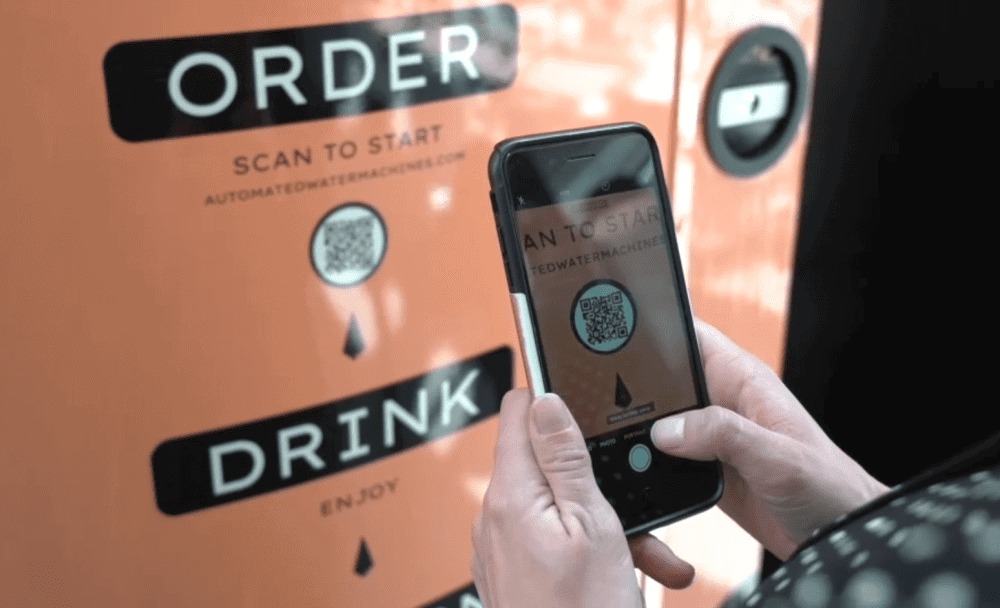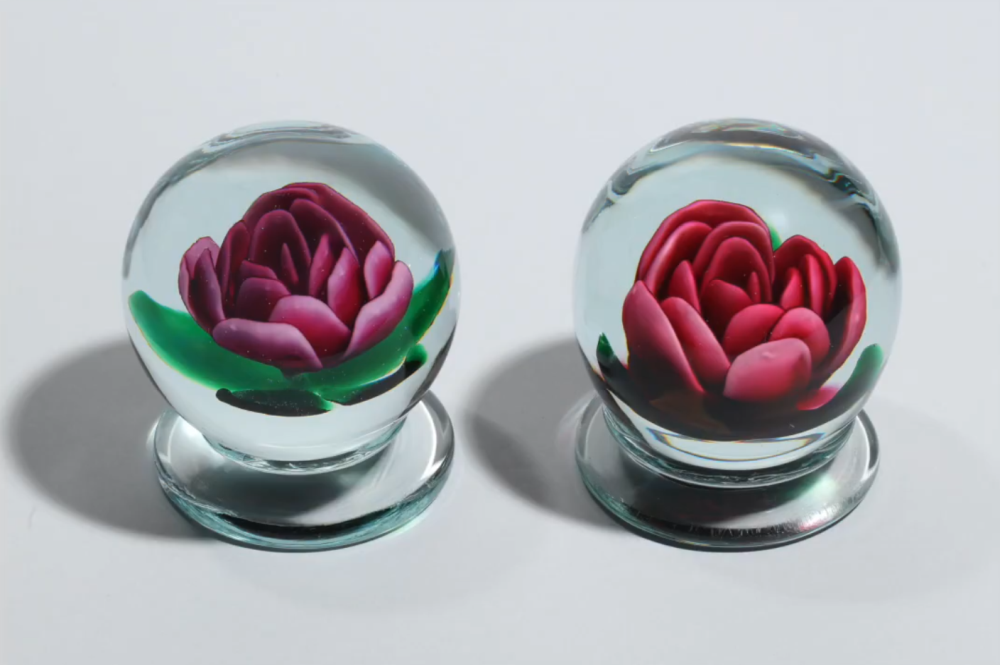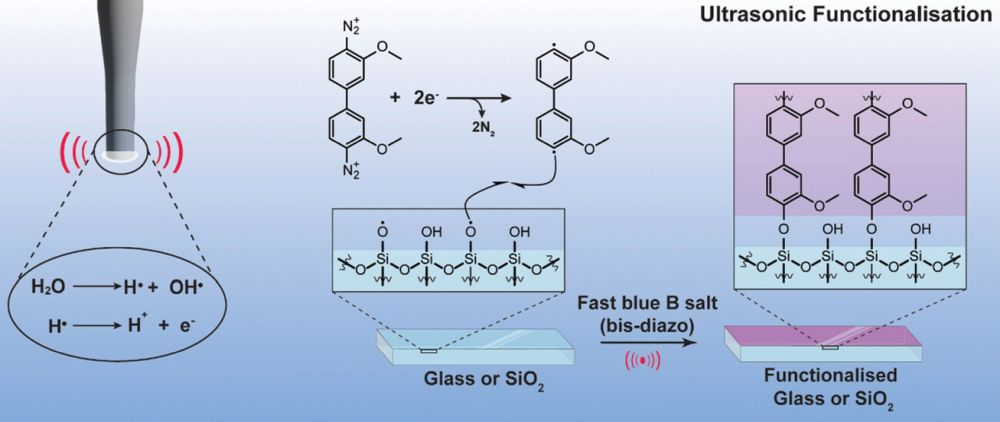
[Image above] Consumers can receive and deposit glass water bottles from any Kadeya vending machine by scanning a QR code. Credit: Kadeya
Glass in theory is a perfect container material because it is infinitely recyclable. But for this benefit to be realized, systems must be in place to reuse or recycle the glass. And compared to most European countries, glass recycling rates in the United States are dismal.
There are numerous reasons for these low rates, but part of the reason is that consumers are unsure which materials their city-sponsored recycling collectors accept. Even when glass is ostensibly accepted, high levels of contamination among the collected glass make it more economical for companies to throw it in the dump instead.
Instead of home collection, some local governments rely on glass-only drop-off sites to ensure cleaner glass is collected. But such programs result in much less glass being collected because fewer people are able or willing to drive out of their way to a drop-off center.
In the absence of effective city or county glass recycling programs, numerous private groups are stepping up to expand access and improve the process. Kadeya is one startup offering a unique approach to glass recycling.
Kadeya is a water vending service founded in 2020 in Chicago, Ill. Instead of single-use plastic bottles, water is dispensed in reusable glass bottles that consumers can return at the same machine.
On the Kadeya website, Kadeya founder and CEO Manuela Zoninsein says she became aware of the problem of single-use packaging after working for several years in China. However, the idea for a “closed-loop” vending program came after moving back to the U.S. and seeing Citi Bike stands in New York City.
“Can’t we build a bike-sharing network, but for water bottles? Why do we manufacture a new container for every bottle of water someone drinks?” she says.
The Kadeya system, which comes from the word cadeia (“supply chain”) in Portuguese, aims to make water vending sustainable on all levels. The water is locally sourced and purified using an advanced filtration process. The purified water is then dispensed in glass bottles when someone scans a QR code on the vending machine.
When a consumer is finished with the bottle, they can scan the QR code again and deposit the bottle. Inside the vending machine, a custom dishwasher cleans and sanitizes the bottle, after which it is refilled and sealed with a new sterile tamper-evident cap.
“It’s really just like Citi Bike—we understand when a bottle is undocked from the system, and who got it, but we don’t follow them around,” Zoninsein says in a Fast Company article. “We don’t know where they [take] that bottle while they have it. But then we know who it was that returned it, and at what time and what location.”
The Kadeya vending machine is now in place at its first pilot location, a sprawling construction site in Indianapolis, Ind.
Industrial sites and factories offer an ideal test environment for Kadeya. OSHA regulations require that water be provided to workers on these sites, but due to the nature of the work, it is often dangerous or impractical for employees to bring water into work areas. The Kadeya system allows construction companies to offer easy access to water without the complicated logistics of having enough bottled water on hand each day for dozens of tradespeople.
The Fast Company article reports that Kadeya is beginning to work with a billion-dollar beverage brand to test placing sparkling water and other flavored beverages in Kadeya’s machines.
“We think our platform can enable the entire industry to transition away from single use without sacrificing any of the quality or convenience or profitability that single use provides them today,” Zoninsein says.
Author
Lisa McDonald
CTT Categories
- Environment
- Glass


